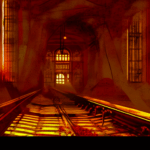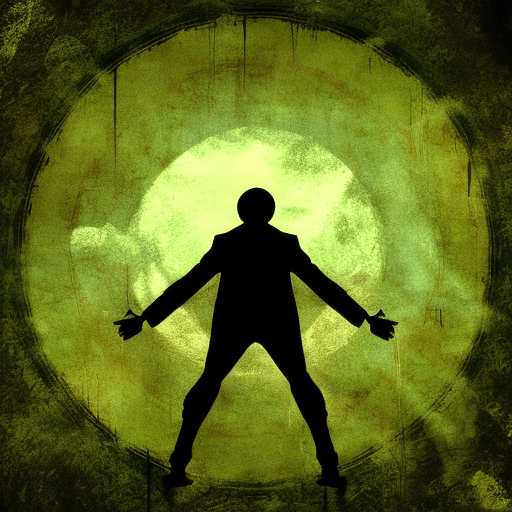The Radetzky March: A Tale of Decline and Disillusionment
The Radetzky March, written by Joseph Roth, is a poignant novel that explores the decline of the Austro-Hungarian Empire through the lens of the Trotta family. Set against the backdrop of the early 20th century, the story follows three generations of the Trotta family as they navigate the changing political and social landscape of their beloved empire. Through vivid storytelling and rich character development, Roth paints a picture of a society on the brink of collapse, highlighting the disillusionment and loss of identity experienced by its inhabitants.
The Rise and Fall of the Trotta Family
The novel begins with the heroic act of Lieutenant Joseph Trotta, who saves the life of Emperor Franz Joseph I during the Battle of Solferino in 1859. As a reward, Trotta is ennobled and his family is granted privileges and opportunities previously unimaginable to them. However, as the years pass, the Trottas find themselves increasingly disconnected from the changing world around them.
The first generation, represented by Joseph Trotta, embodies the ideals and values of the empire. They are loyal, patriotic, and willing to sacrifice for their country. However, as the empire begins to crumble, the second generation, represented by Joseph’s son, Carl Joseph, struggles to find their place in a society that no longer values their traditional values. Carl Joseph, disillusioned by the emptiness of his privileged life, seeks solace in a series of failed relationships and a growing sense of alienation.
The Decline of the Austro-Hungarian Empire
Roth masterfully captures the decline of the Austro-Hungarian Empire, portraying a society plagued by corruption, decadence, and political unrest. As the empire loses its grip on power, the characters in the novel grapple with their own sense of identity and purpose. The once-glorious empire becomes a symbol of disillusionment and decay, mirroring the internal struggles of the Trotta family.
The novel also explores the tensions between different ethnic and cultural groups within the empire. The rise of nationalism and the desire for independence threaten to tear the empire apart, further highlighting the fragility of the society depicted in the book.
The Search for Meaning in a Changing World
At its core, The Radetzky March is a story about the search for meaning and identity in a rapidly changing world. The characters in the novel grapple with their own sense of purpose and struggle to find their place in a society that no longer values their traditions and values.
The novel’s poignant portrayal of the decline of the Austro-Hungarian Empire serves as a cautionary tale about the dangers of clinging to outdated ideals and resisting change. It reminds us of the importance of adaptability and the need to embrace the inevitable transformations that occur in society.
Key Takeaways:
- The Radetzky March explores the decline of the Austro-Hungarian Empire through the lens of the Trotta family.
- The novel highlights the disillusionment and loss of identity experienced by the empire’s inhabitants as they navigate a changing world.
- Roth masterfully captures the decline of the empire, portraying a society plagued by corruption, decadence, and political unrest.
- The novel serves as a cautionary tale about the dangers of clinging to outdated ideals and resisting change.
“The world was still a gigantic puzzle, and the pieces were scattered all over the place.” – Joseph Roth
In conclusion, The Radetzky March is a powerful and thought-provoking novel that delves into the decline of the Austro-Hungarian Empire and the struggles of the Trotta family to find their place in a changing world. Through its vivid storytelling and rich character development, the book serves as a reminder of the importance of adaptability and the dangers of clinging to outdated ideals.












